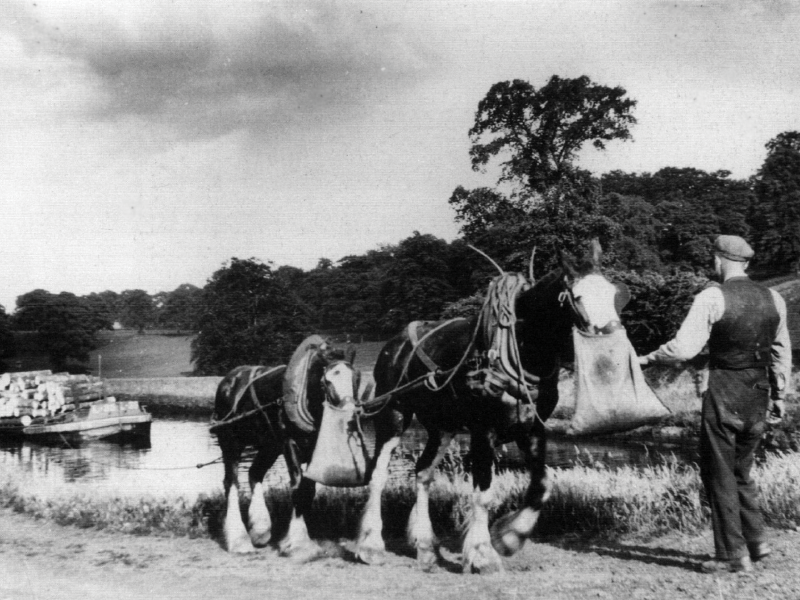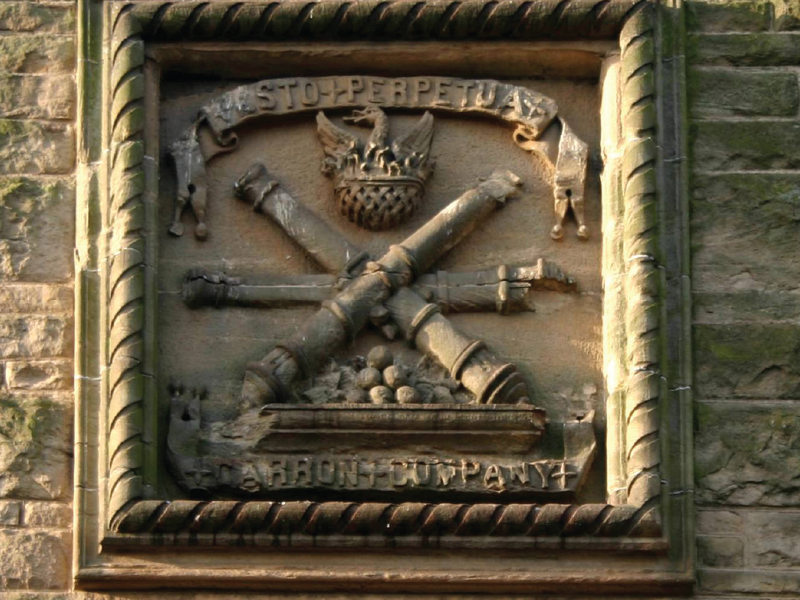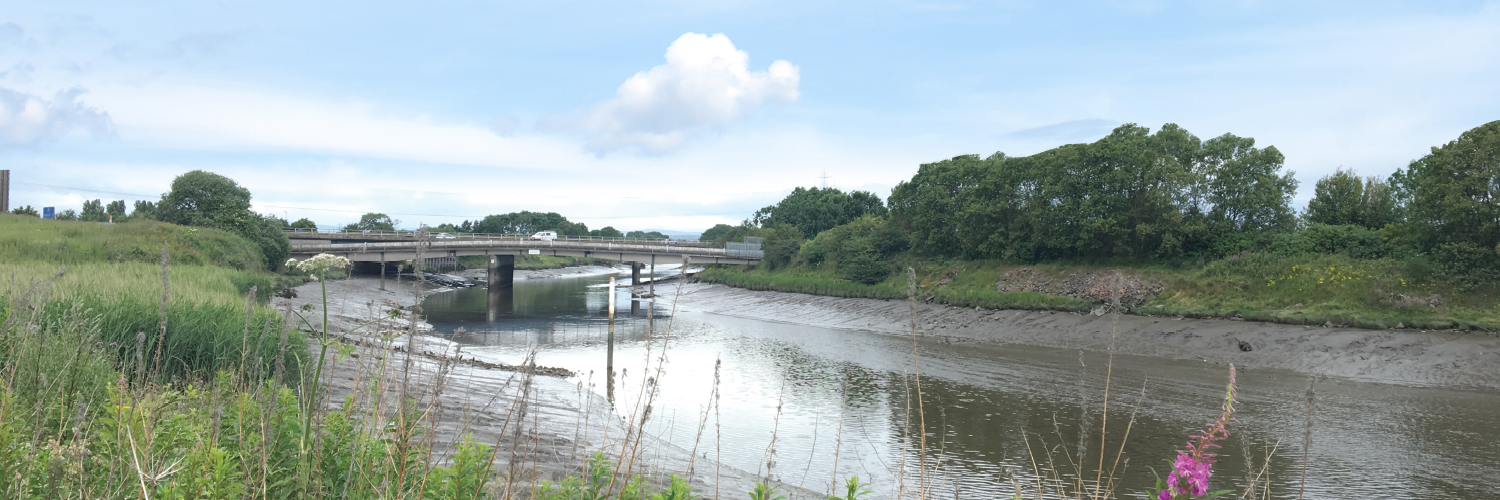The River Carron
Historically, the River Carron powered the mills that ground grain produced on the fertile lands of the carse and provided a communications link that bound scattered communities together. Throughout its 13 mile journey from the Campsie Fells to the sea, the Carron supported agriculture and industry. It was the potential power of the river as well as the link to the Forth and the sea that led the founders of Carron Ironworks to choose the site for their great venture.
Elsewhere the soft water of the river and its power brought papermaking to Denny and Dunipace. Abbotshaugh just upriver from where the Kelpies now stand was Falkirk’s staple port in the medieval period until replaced by Carronshore in the early 18th century. In turn, it gave way to Grangemouth in the 19th century after the Carron Company straightened the river. In the 1770s the canal was joined to the river by a special ‘cut’ which reopened in 2000 as part of the Millennium Link Project.

Carronade

Canal horses on the Forth & Clyde Canal

Carron Company Coat of Arms
Carron Ironworks
‘Carron Ironworks lie about a mile from Falkirk and are the greatest of the kind in Europe’ – Thomas Pennant (1769)
That was the verdict of one visitor to the Carron Company, by then renowned far and wide for its vast range of domestic ironware and military field and naval guns like the famous carronade.
From its birth in 1759, the Company survived some difficult early years to reach prosperity in the 19th century under the successive guiding hands of Dr Roebuck and his partners, followed by the formidable Charles Gascoigne and the Stainton/Dawson dynasty. It became one of Britain’s greatest Victorian enterprises with an empire that encompassed not only the design and manufacture of virtually anything made from iron but collieries, a shipping line and a railway system. Famous visitors to Carron Ironworks included Robert Burns and Benjamin Franklin.

The River Carron

-
Did you know? The Duke of Wellington insisted on Carron guns and ammunition for his campaigns
-
Did you know? The first shots fired at the Battle of Trafalgar in 1805 were from a carronade manufactured at Carron
-
Did you know? The one mile Furnace Lade carried water from the Carron below Larbert Cross to the ironworks.
